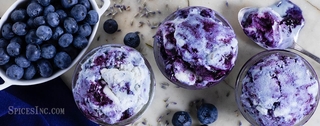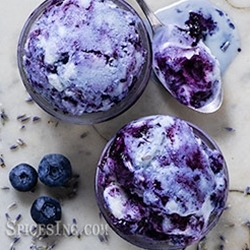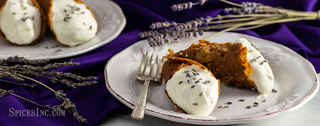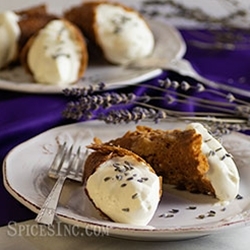Culinary Lavender
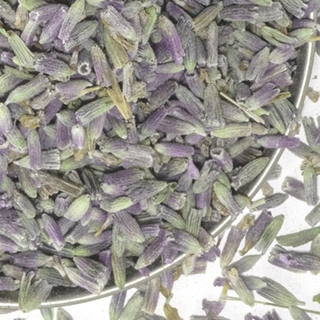
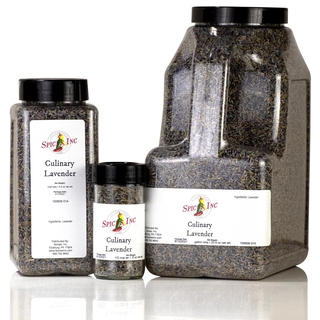


Culinary Lavender
Culinary Lavender, Lavendula augustifolia, is also called culinary grade lavender, food grade lavender, edible lavender, or lavender spice.
Culinary Lavender originated along the Mediterranean, and is a plant that prefers wet winters and dry summers. It grows easily in these conditions and can be found in many places of the world, through the Middle East to India, and even into southern Europe.
Culinary Lavender is popular with:
- independent spice shops;
- manufacturers of chocolates, cocktail mixes, jams, honey, sauces, and condiments;
- American restaurants;
- brewpubs;
- sandwich shops;
- breweries; and
- distilleries
Make sure you are cooking with a culinary-grade lavender. Lavender that is intended for crafting and other non-culinary use typically contains high levels of toxic pesticides.
Flavor Profile
Culinary Lavender has an intense floral aroma with rosemary, pepper, mint, and lemon notes.
How To Use
Grind some Culinary Lavender into sugar to make a finely powdered lavender sugar. Put this in sweets, icings, tea, or even in a savory grilling rub for chicken or lamb. Culinary Lavender is especially good with black and red fruits such as blackberries, blueberries, cherries, plums, and strawberries. Try Blueberry Lavender Ice Cream or Lavender Cream Horns for dessert at your next dinner party. For a robust flavor to savory dishes, add to roasted meats like chicken, lamb, pheasant, and rabbit.
Lavender can easily overwhelm a dish, so use it gently, and don’t let it cook for an extended period or it can turn bitter.
Culinary Lavender pairs well with marjoram, Mediterranean oregano, parsley, rosemary, savory, thyme, basil, clove, chocolate, cinnamon, saffron, shallots, chives, fennel, star anise, rose, mint, coconut, and citrus.
| Also Called | Culinary grade lavender, food grade lavender, edible lavender, or lavender spice |
| Species | Lavendula augustifolia |
| Ingredients | Dried lavender buds |
| Flavor Profile | Intensely floral; rosemary, pepper, mint, and lemon notes |
| Recommended Uses | Grilled meats, vegetables, desserts, ice cream, syrup, liqueur, preserves, tea, beverages, vinaigrettes, marinades |
| Cuisine | Global |
| How To Store | Airtight container in a cool, dark place |
| Shelf Life | 1-2 years |
| Country of Origin | Canada |
Nutrition Facts
Serving Size1 tsp
Amount Per Serving
Calories0
% Daily Value*
Total Fat0g0%
Saturated Fat0g0%
Trans Fat0g
Polyunsaturated Fat0g
Monounsaturated Fat0g
Cholesterol0mg0%
Sodium0.0mg0%
Total Carbohydrate0.0g0%
Dietary Fiber0.0g0%
Total Sugars0.0g
Added Sugars0g0%
Sugar Alcohol0.0g
Protein0.0g0%
Vitamin D0mcg0%
Calcium0mg0%
Iron0mg0%
Potassium0mg0%
*The % Daily Value (DV) tells you how much a nutrient in a serving of food contributes to a daily diet. 2,000 calories a day is used for general nutrition advice. These values were calculated and therefore are approximate. For more accuracy, testing is advised.

